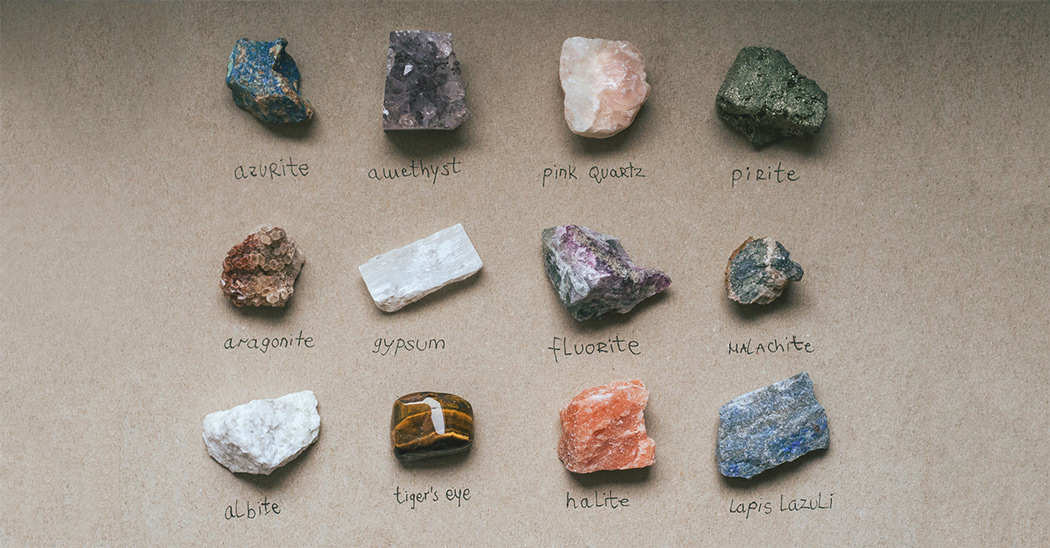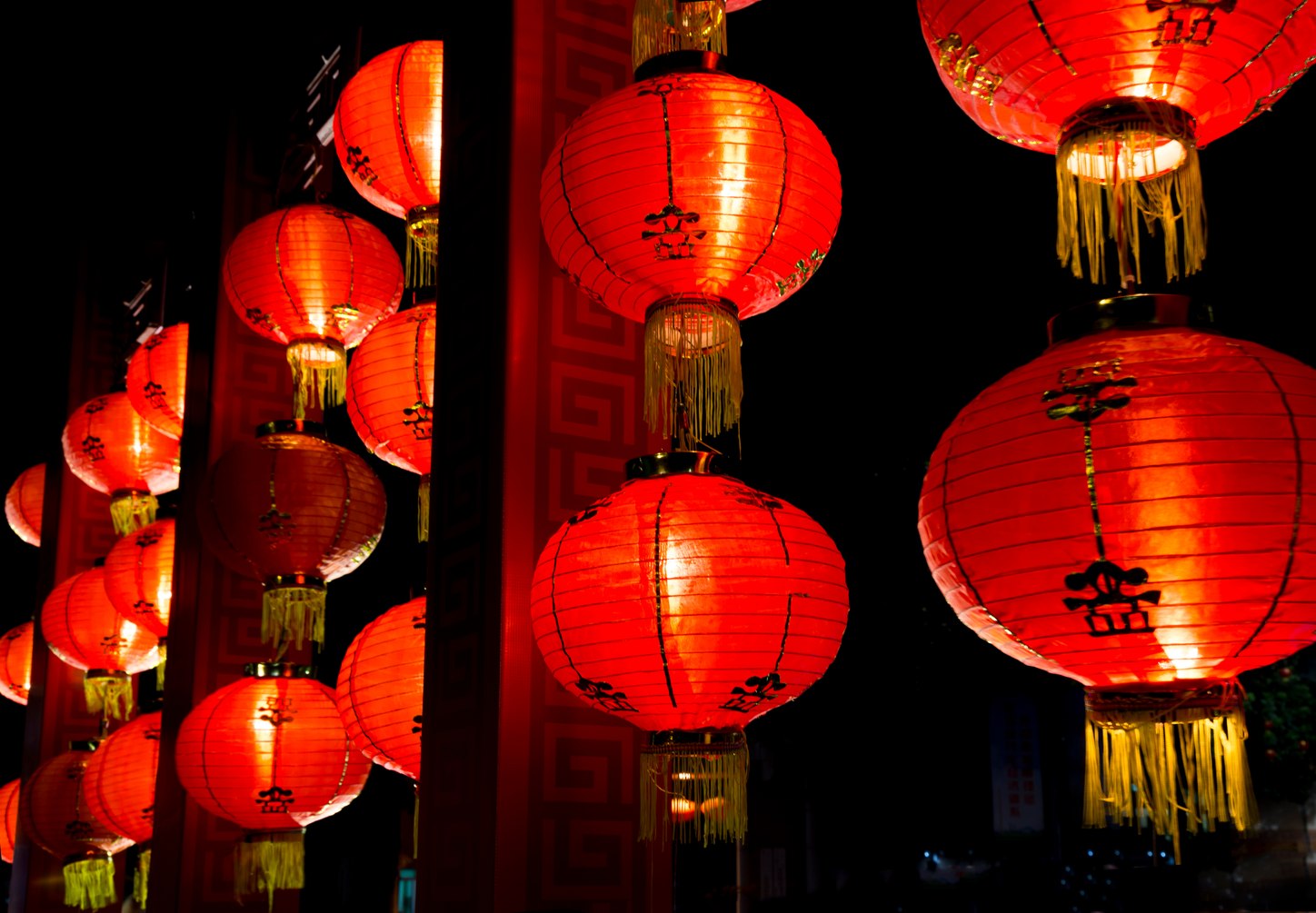
In the Craniosacral Function and Daoist clinic, the endocrine system is a gateway joining bodily function with experience.
These glands use hormones (rather than the electric impulses used by the nervous system) to effect changes in our own body, feelings, cognition, and energy. Hormones are chemical messengers that coordinate important body functions and circulate through the entire body through the blood. Nerve impulses decrease or increase and can also act as neurotransmitters.
The hypothalamus, pituitary, and pineal glands play roles in experience and will be explored in more detail in the sections that follow.
The Hypothalamus/Pituitary Dating
With access to both the endocrine and nervous system, the hypothalamus plays an essential role in linking the two and also in activating the pineal gland. It's likewise connected with the system, a centre for emotions and our feelings. When entrained with the adrenal gland, the hypothalamus therefore has the capability to affect the majority of the main systems and organ functions within the body as well as our emotions. Collectively, the hypothalamus and adrenal regulate all of our basic survival procedures including body temperature, hunger, thirst, fatigue, expansion, sleep, weight, sexual purpose, pain relief, blood pressure, circadian rhythms, and pressure reactions like flight or fight.
The hypothalamus is about the size of the almond and is situated behind the optic chiasm. It hastens neurohormones that communicate together with the adrenal gland, signaling the release or inhibition of crucial adrenal tissues, which then harmonize and activate pineal hormone function.
The pituitary gland has two lobes, which are anatomically distinctly different embryologically, and functionally.
Because the sphenoid encloses the pituitary, it's exceedingly sensitive to limitations or misalignments in the motion of that bone. If you press your tongue into the roof of the mouth at the soft palate, you are pressing on the underside of the pituitary.
The hypothalamus communicates with the lateral lobe of the pituitary via blood vessels, and also connects directly using the posterior lobe during the adrenal glands or infundibulum. Although the pituitary gland has frequently been known as the thyroid gland because it seems to restrain the endocrine system, the hypothalamus plays an crucial role within this system than previously believed. The hypothalamus receives information from the body's remainder and receives then secretes the neurohormones that inhibit or release pituitary hormones that are crucial. By directing and signaling the thyroid gland, the hypothalamus plays a critical part in the endocrine system and also can be important in a larger sense of pineal gland activation.
Functions in Physical Health and Spiritual Awakening of the Pituitary
The anterior lobe of the pituitary secretes seven key hormones that are related to lactation, the launch of testosterone, along with the creation of sex, thyroid, and human growth hormones. The posterior lobe does not produce hormones, but shops and releases two major ones created in the brain: vasopressin and oxytocin. Oxytocin promotes maternal instincts, bonding involving mates, trust, and pleasure. Circadian rhythms are influenced by vasopressin into the blood, and stimulates paternal protective and instincts.
The pituitary relates to our growth and its own health is also essential for pineal gland activation. When it begins to vibrate in synchrony with the pineal gland, we're inspired to raise and renew ourselves both emotionally and spiritually.
The Pineal Gland
The pineal gland is found behind and above. Because the pineal is discharged in exceptionally billed cerebrospinal fluid (CSF) and has increased blood flow per cubic volume than any other organ, it may well be the gland with the highest concentration of energy within the body. Besides its high levels of CSF and blood vessels, the pineal gland is also the leading origin of the human body's melatonin.
Melatonin and the Pineal Gland
Melatonin is significant for its effects on our mood, immune function, circadian rhythms, as well as the high quality and quantity of our sleeping. Melatonin is known as an anti-aging and anti-stress agent because it is a highly effective antioxidant and both suppresses cortisol.
The production of melatonin from the pineal gland is triggered by darkness and inhibited by light. Once published, melatonin circulates throughout the brain through the CSF and passes neighboring blood vessels for supply to the rest of the human body. When cortisol levels have been interrupted, people can experience disorders, depression, and mood swings.
Additional and serotonin Consciousness Enhancing Neurochemicals Secreted from the Pineal Gland
In addition to producing melatonin, a wholesome, triggered pineal gland also moisturizes other neurochemicals that coordinate bodily and emotional processes on a cellular level. All these neurochemicals, such as DMT and pinoline, have been said to connect the mind and body. The pineal plays a key part in the creation of the neurochemicals since it's one of the highest concentrations of dopamine in the human body, and serotonin is a critical precursor to them.
Spiritual Characteristics of the Pineal Gland
Given its important function, it isn't surprising that a wholesome, triggered pineal gland was connected with spirituality for millennia. Its shape is found in art and artifacts of many traditions, where it is connected with immortality and enlightenment. Ancient Egyptians preserved it separately during the process of mummification and loathed this gland.
With its spines and spirals, the pinecone exemplifies an ideal Fibonacci chain --representing growth along with the unifying power that underlies creation, all embodied within an actuated pineal gland.
The Pineal Gland: Crucial Opening the Third Eye
Spiritual traditions associate and activate pineal gland together with the introduction of the third eye of inner vision, knowledge, and wisdom. Scientific research is beginning to confirm the relationship between the pineal gland and eyesight: comparative research into the human anatomy, physiology, and biochemistry of the pineal gland and the retina throughout a broad assortment of animal species indicates that the two organs discuss evolutionary and developmental paths. Other species like lampreys and frogs have eyes that are pineal. In humans, pineal cells resemble retinal cells in composition and in the presence of proteins never found everywhere in the body. Pineal mild sensitivity is common across diverse species and in people is linked to the introduction of the next eye.
Concerning spiritual experience, the body and mind quiets, enabling access. Both pinoline and DMT, secreted by a healthful, activated pineal gland, are psychoactive, causing changes in mood, perception, awareness, cognition, and behaviour. Pinoline enables dream states and visions from the conscious mind and has been used Zoroastrians and by early Egyptians in their rituals. It assists in DNA replication and can be also thought to resonate with the pulse of life in ~8 cycles per minute.
DMT is produced in the pineal gland during deep meditation and extraordinary conditions of birth, sexual bliss, intense physical strain, and gynecological encounters. healing stones In addition, it changes our vision consciousness when it is released into the bloodstream through the Rapid Eye Movement phase of sleep. DMT joins the body and soul because of its relationship to visionary encounters and nonordinary states of transcendant consciousness. Dr. Rick Strassman calls DMT the Spirit Molecule.
The activated pineal gland may affect our expertise . As we found before with the center, rhythmic vibrations can have a powerful effect on our cognition, emotions, and bodily condition. We know this intuitively, and we experience it directly when we feel the effects that music gets our disposition, memory, and physiology. In the early 1980s, the French musician Fabien Maman investigated the effect of sound vibrations on cells; he also found that noises may destroy cancer cells and also invigorate healthful ones. Today, it's common for parents to perform classical music to stimulate brain development in their children before and after birth.
Rhythm Psychotherapy, additionally called resonance, occurs when two wave forms start to oscillate together at the exact same pace. When the hypothalamus and pituitary entrain using the vibration of the pineal gland, then our entire system can shift toward stability.
Daoists believe that the North Star is the source of the original pulse. Vibrations from this star were crucial in the development of the initial forms of life on Earth. It is said that Earth's ability to support lifestyle is about the world's tilt toward the North Star (rather than being oriented directly toward the sun). This orientation maximizes the environment for animal and plant life and optimizes the surface. Due to the North Star's powerful power and influence, many Qi Gong exercises blatantly associate using the North Star. According Daoists, the North Star emits pulsing vibrations that trigger and influence the pineal gland to. In turn, they deliver messages to the heart which communicates with the rest of the body via its own electromagnetic pulsing.
Magnetic Fields and the Pineal Gland
Apart from being sensitive to light and vibration, the pineal gland activates in part due to exposure to magnetic fields. Studies with birds and other creatures conclude that the pineal gland monitors magnetic areas and helps the body in orienting in area, by behaving as a navigational centre. This magnetoreceptive capability also clarifies why geomagnetic storms and environmental pressure may affect the pineal gland, leading to problems with cerebral rhythms and melatonin secretion.
As we discussed earlier, the center creates a strong magnetic field which permeates the whole body. Its own field is amplified and enlarged After the heart has been activated with the frequencies of compassion and love. Even the pineal receptor's sensitivity to electromagnetic energy makes it start sparking and vibrating in concert with all the heart. Since these two organs entrain together, their vibration opens the eye. Due to the pineal gland's link with spatial operation and circadian rhythms, our understanding of distance and time frequently shifts when the pineal is in an extremely aroused state. Such experiences have been cited Chi Kung professionals and by meditators for millennia, and research is currently providing explanations for these phenomena.
Hypothalamus, Pituitary, and also Pineal
During Daoist practices, the region of the brain bounded hypothalamus glands, the pituitary, and by the pineal is called the Crystal Palace. The Crystal Palace stays between the forebrain of reason and between the left and right hemispheres of the brain and instinct's mind. Many meditation practices cite the Crystal Palace, but a few individuals have trouble sensing it since these constructions are within the skull and can't be touched right.
However, with just a little practice, it is very simple to connect with and activate these spiritual glands through our consciousness and intention. The location of the gland is often called the center of the head--it is at the level of the eyebrows, under and above hypothalamus and the adrenal gland. At the optic chiasm, the optic nerves cross behind the eyes. Below the chiasm is. Behind and above the optic chiasm is the hypothalamus.
The Pineal Gland and Its Relationship with mild
Prior to 2002, science has been conscious of two kinds of light receptors in the eye: cones (for colour vision) and rods (for low light vision). In 2002, however, scientists discovered a photoreceptor: cells from the retina that have a pigment called melanopsin. These cells send messages into the suprachiasmatic nucleus (SCN) of the hypothalamus. The SCN is responsible for controlling circadian rhythms, and which affect our sleep, alertness, hormones, fever, and digestive capabilities.
After the hypothalamus receives data regarding the existence or absence of light, it signals the pineal gland to activate and to begin or inhibit cortisol and melatonin production. Variation in melatonin levels triggers a cascade of changes in adrenal, the SCN, and retina. The pituitary gland also reacts to light during its own release of vasopressin, which affects the SCN to adjust our circadian clock.
Along with the light found by our eyes, studies show that the whole body functions as a receptor. Light shining on any region of the body can be discovered, signaling the SCN and pineal gland to close melatonin production. Since there is so much ambient light nowadays, our strategies rarely get the deep relaxation that occurs in complete darkness. Many individuals discover that removing light sources in the bedroom can be useful in maximizing sleep cycles, enhancing general health and stimulating pineal hormone regeneration and regeneration.
Qi Gong Practices for Activating the Pineal Gland and Harmonizing the Crystal Palace
Most Chi Kung (also called Qi Gong) practices include simple elements like tapping or breathing that may be used to activate the glands and bones of the Crystal Palace.
1. Breathing
Various breath practices move the pumps, stimulating the flow of cerebrospinal fluid as well as triggering the glands. Breathing is thought to ionize the CSF and increase its potency.
2. Pairing
Gently tapping your brow in between your eyebrows soothes the pineal gland along with all three structures of the Crystal Palace. The vibration pushes a tide back triggering it. The identical vibration goes to the sphenoid, which then stimulates the pituitary gland that rests at the sella turcica through the bones. The hypothalamus is awakened by the pituitary's shaking .
3. Toning
Chanting or toning sends vibrations into the Crystal Palace, sparking other organs and the pineal and stuffy the CSF. Chanting the eight forces of this pakua to draw in elemental energies is an exceptionally powerful exercise for sparking the Crystal Palace.
4. Pressing
Pressing your tongue into the roof of the mouth triggers the adrenal gland also , through its physical and chemical relations, triggered the pineal gland and hypothalamus as well.
5. Squeezing
When we squeeze our eyes, then the clitoris is activated by the connection with the sphenoid. Sucking in our cheeks moves the fascia, which arouses the neck and pumps. Contracting the sphincter and perineum sends vibrations into the muscles that envelop the anus and then form the floor. In the anus, the shaking then melts the back and dural tube into the occiput. The membrane system transports the vibration to their head's center, activating the pituitary and pineal glands.
6. Spiraling
7. Being in Darkness
Darkness activates increased production and release of cortisol, and eventually of pinoline and DMT for a result of its effect of triggering the pineal gland and helping stimulate functioning of and open the third eye.
8. Laughing and Smiling
Both the heart and the crown opens, allowing light to penetrate while also raising the vibration of these organs. Laughing and smiling reduce tension and relax the body, which increases the circulation of chi. Laughter also triggers the release of endorphins. Comfort increases blood flow, which amplifies the effects of the hormones and has an effect of pineal gland activation.
9. Focusing
They will be activated by attracting our attention since energy flows in which our focus goes.
Notice: The Tao also highlights the importance of good diet and hydration. We're 70--80 per cent water, and water is conductive. To grow the activation of the pineal gland as well as the Crystal Palace, adequate hydration is critical. A balanced diet high in tryptophan is in providing the building blocks beneficial. Tryptophan is abundant in many foods including chocolate, seaweed, almonds, carrots, dried dates, sesame seeds, chickpeas, and peanuts.
Spinal Cord Breathing: The Supreme Practice to Awakening and Spiritual Activation
Chi Kung throughout the Opinion
To understand how deep these Chi Kung practices are and how they kindle a organic religious experience and pineal gland activation without the usage of substances, herbs and other less organic procedures, let's look at what happens with the Spinal Cord Breathing exercise we'll be presenting further within this report.
Higher flow changes the means where the body's capacity is regulated by the CSF, the electrolyte balance. The larger the conductivity, the more energy will flow charging the tissues and then priming them. Any psychoactive substances (for instance, DMT) which are published by the activated pineal gland also enter in the CSF, charging it even further.
The motion of the sacrum transfers vibration up the backbone and into the occiput during the dural tube. Connected using the occiput at the sphenobasilar joint (SBJ), the sphenoid also starts to vibrate, stimulating the clitoris. At precisely the same time, the pituitary stalk's wavelike movement triggers the hypothalamus and also milks the pituitary gland, which since we all know is linked to activation and the wellbeing of the pineal gland. The milking of the pituitary releases more oxytocin and vasopressin, which heighten feelings of trust, comfort, calmness, and empathy while decreasing fear, anxiety, and aggression.
The pituitary gland is situated over the sphenoid sinus, which then drains immediately down the throat. During high levels of enthusiasm, CSF could be disassembled to the sphenoid sinus. Here, vasopressin and oxytocin blend using the highly charged CSF and drip down into the throat, giving us the nectar (frequently known as Soma) which is often described in spiritual experiences. The two vasopressin and oxytocin are critical hormones throughout the arrival process; their existence in the nectar may contribute to experiences. The effects of these hormones on bonding may explain the sensation of profound connection and unconditional love that is part of several enlightenment experiences.
This potent boil melts the back of the throat and into the stomach, where it is absorbed directly through the mucous membranes. A number of the fluid changes from the digestive process. The nectar is slowly attracted to the physical body, joining heaven and earth.
During religious adventures, the triggered pineal gland affects the remainder of the mind through its influence on CSF, which immerses the mind and the spinal cord. After bathing the brain, approximately half of the CSF becomes reabsorbed into the blood in the head. The mind is left by the other half through abdominal drainage. In the lymph, the supercharged CSF enters the body's bloodstream and is carried to the heart. Blood flows through the heart and vessels in a spiral motion, fostering the CSF charge. Connections between the brain and heart, biochemical, and All these neural may lead to ecstatic heart-mind expanding sensations.
The heart area is the most powerful field of the human body: when understanding moves from the mind to the center, the field gets stronger and more coordinated. After the head resonates with the shaking of the heart, neurons in the brain flame increasing the communication between body and mind, reducing brain chatter and causing further gland activation. Consequently, in all three Dantians,
Post Comment | Permalink | Share This Post










